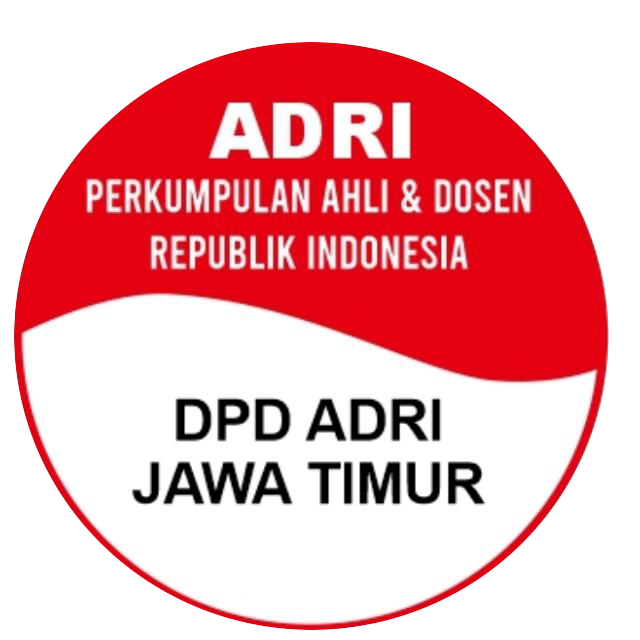Legal Consequences of Marriage Agreements Separation of Property Against Calculations Income Tax
DOI:
https://doi.org/10.55173/yurisdiksi.v18i3.151Keywords:
Marriage Agreement, Property Separation, Personal Income TaxAbstract
This study aims to obtain results on the legal consequences of separation of assets in tax calculations and the principle of fairness for tax calculations in accordance with the provisions of the Director General of Taxes. The research method used is normative juridical by using testing techniques through a statutory approach as well as applicable legal theories, concepts and principles compared to the implementation in the field, especially about the method of calculating the separation of assets in accordance with the regulations of the Director General of Taxes and the calculation should be if in accordance with the marriage agreement for the separation of property. The research provides results if using the calculation method in accordance with tax regulations, the couple is still owed tax and / or greater even though each of them has been deducted from income tax and should be nil. And the principle of legal justice that should be obtained by the taxpayer of separation of property on the mechanism for determining taxable income by tax regulations is not to occur because with the deed of marriage agreement for separation of property made before a Notary which is an authentic deed, it should be from the beginning that from the beginning everything is separate including with his property, but for taxes it is not recognized the deed because the income is combined first.
Downloads
Published
Issue
Section
License
Copyright (c) 2022 Siswo Pranoto, Widyawatie Boediningsih

This work is licensed under a Creative Commons Attribution-ShareAlike 4.0 International License.













